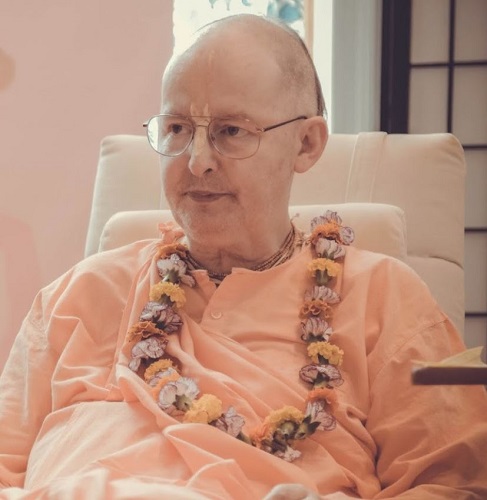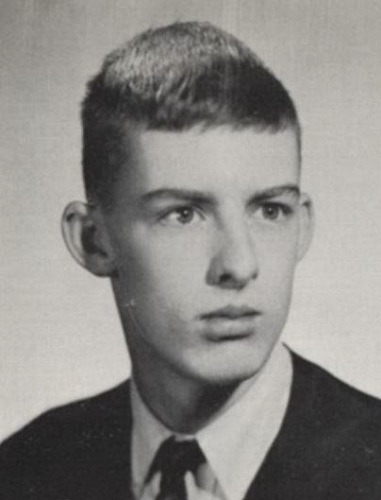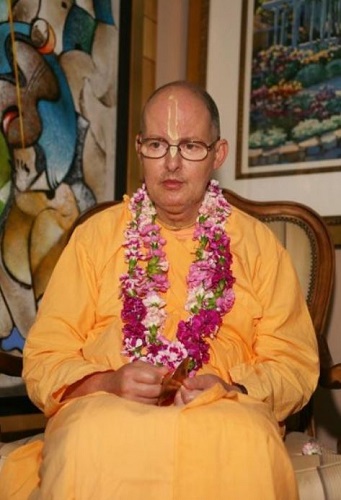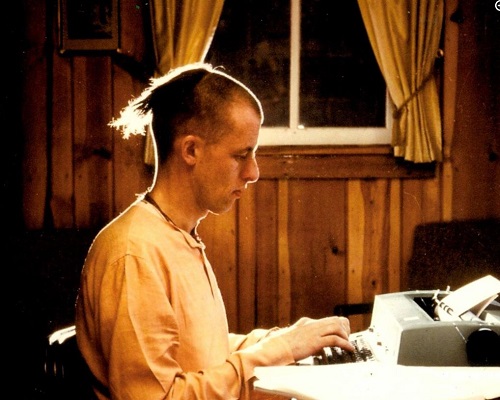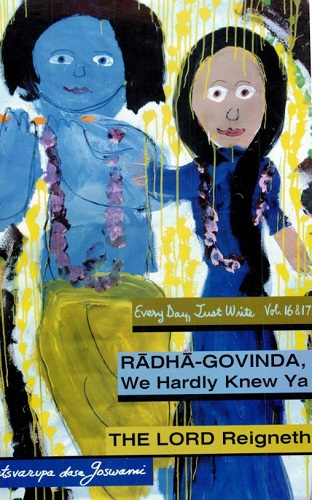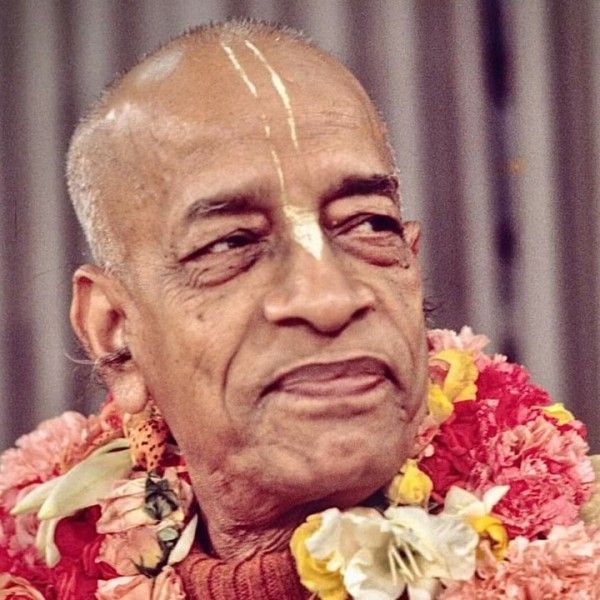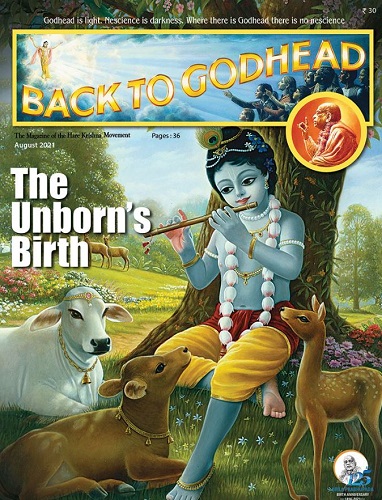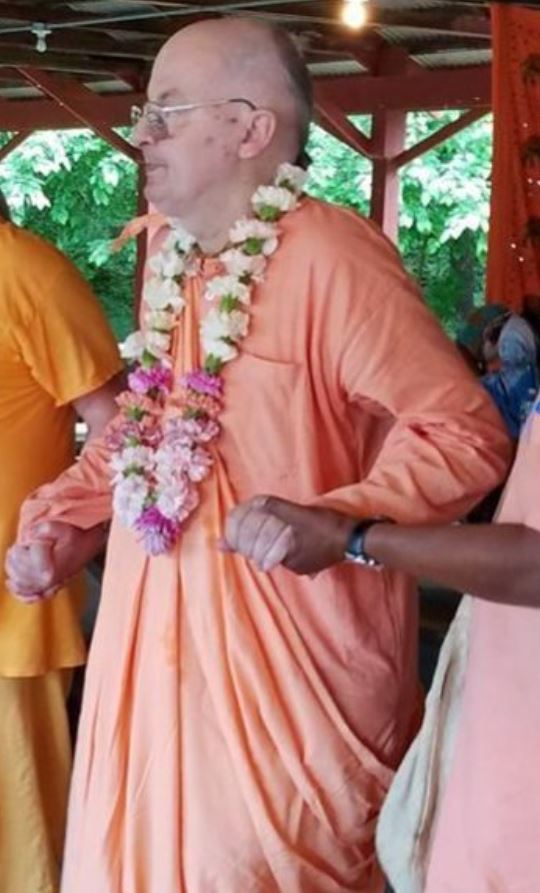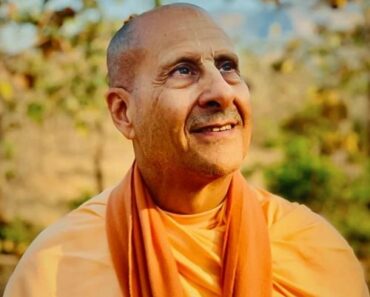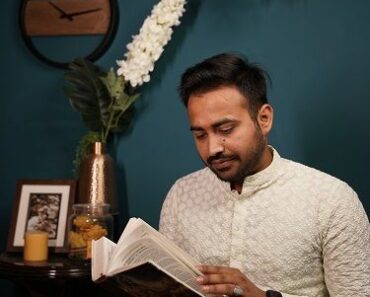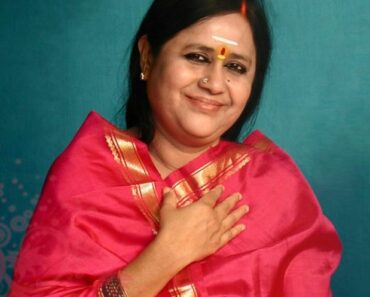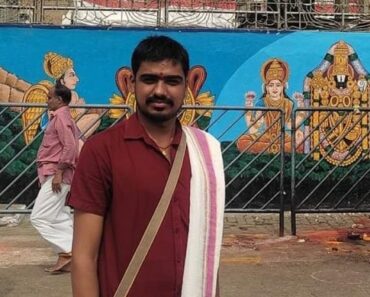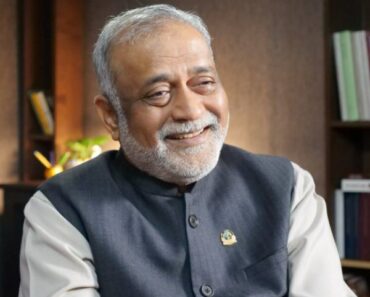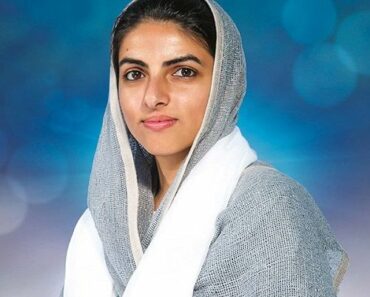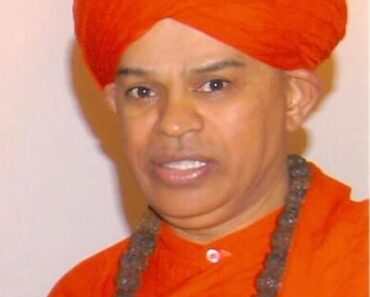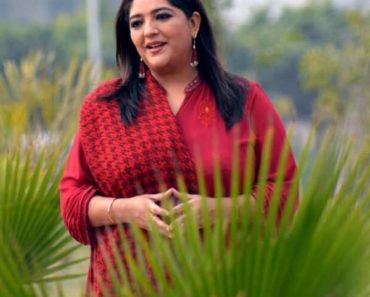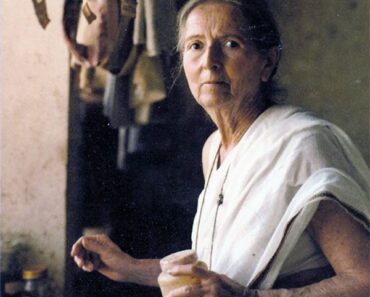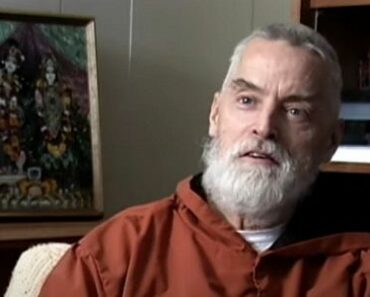Satsvarupa Dasa Goswami is an American kathavcahak, writer, poet, and author. He is one of the senior disciples of the founder of the International Society for Krishna Consciousness (ISKCON), A. C. Bhaktivedanta Swami Prabhupada.
Wiki/Biography
Satsvarupa Dasa Goswami was born as Stephen Guarino on Wednesday, 6 December 1939 (age 84 years; as of 2023) in Staten Island, New York, United States. His zodiac sign is Sagittarius. He did his schooling at a high school in New York, US. After completing high school, he wanted to pursue his higher studies at Brooklyn College, New York. However, his parents could not afford his higher education, and his grades were also not good enough. He had only one option left, which was to join a free community college in Staten Island. After completing his two-year program there, he got admission to Brooklyn College, New York.
Physical Appearance
Height (approx.): 5′ 8″
Hair Colour: Bald
Eye Colour: Hazel Brown
Family
Parents & Siblings
He has a younger sibling.
Wife & Children
According to sources, he was married to a woman named Jadurani, whom he divorced before taking sanayasa. It was also said that as she called him a bogus guru, she was tortured and beaten almost to death.
Religion/Religious Views
He was born into a Roman Catholic Christian family. However, he converted to Hinduism in the Brahma-Madhva-Gauḍīya Sampradāya lineage and Gauḍīya Vaiṣṇavavāda sect.
Autograph
Career
Navy Official
After completing his graduation, he joined the United States Navy in 1962. He once shared that on his father’s will, he joined the Navy. On the first day of his job, a sailor clerk assigned him work in the gunnery department. Goswami told the clerk that he did not like guns and shared his desire to work as a writer. The clerk advised him to join the Public Information Office, where their primary task was to produce an in-house newspaper for the ships. He started writing articles for a column in the newspaper. However, most of his articles had a leftist influence which was not appreciated by the senior officers there. The Public Information Office also published a monthly magazine for which Goswami penned articles on the authors James Joyce and William Faulkner. However, some officers on the ship did not like his articles and asked him to stop writing them. Later, he left his job there.
A Writer
After leaving his job in the Navy, he moved to the Lower East Side of New York. This came as a shock to his parents as they were happy with his stable job. Gradually, they accepted his decision. Since his college days, he had a keen interest in becoming a writer. At that time, he used to read the books of various authors like Jack Kerouac, Allen Ginsberg, Thoreau, and Rainer Maria Rilke which inspired him to become a writer. It is also said that to concentrate on his writing, he used to consume marijuana, after which he wrote various manuscripts, stories, and poems.
Once, while he was at a shop he saw a notice on the window shop which was about Bhagavad Gita classes. Within a week, the shop was converted into an ISKCON temple, and he decided to join the ISKCON group. After a few years of his association with ISKCON, he authored many spiritual books like Readings in Vedic Literature: The Tradition Speaks for Itself (1977), From Matter to Spirit (2001), Srila Prabhupada-lilamrta, volume 2 (2002), Radha-Govinda We Hardly Knew Ya & The Lord Reigneth (2003), and Soul Eyes (2010).
Association with ISKCON
After the shop was converted into the ISKCON temple in July 1966 at 26 Second Avenue, New York, US, he started working as a typist of A. C. Bhaktivedanta Swami, founder of ISKCON. A few months later, he got a job as ISKCON secretary. A few years later, he got the responsibility of managing ISKCON Boston and ISKCON Press, which was later registered as Bhaktivedanta Book Trust. In 1970, after he was appointed as a Governing Body Commissioner, Bhaktivedanta advised him to become a sanyasi. In 1972, he agreed to it and becme a sanyasi and received the title ‘Goswami.’
He also became a disciple of Srila Prabhupada during that time. He then changed his writing style, and instead of writing articles with leftist influence, he started writing articles on lord Krishna. He even wrote articles for the ISKCON movement’s magazine “Back to Godhead.” Even after taking spiritual guidance from Prabhupada, he felt that his past experiences were affecting him. He dedicated himself completely to the feet of his guru Prabhupada and asked Prabhupada to bring positive changes in his life. In 1977, after the demise of Prabhupada, Goswami, along with other senior members of ISKCON, was given the responsibility to spread the spiritual teachings of Prabhupada in various countries. As one of the senior disciples, Satsvarupa was assigned as an initiating guru of ISKCON.
Back to Godhead (BTG)
Back to Godhead is a magazine that holds a significant place in the International Society for Krishna Consciousness (ISKCON), also known as the Hare Krishna movement. The magazine was founded by A. C. Bhaktivedanta Swami Prabhupada, the spiritual leader and founder of ISKCON. Satsvarupa dasa Goswami has played a significant role in the development and contributions of “Back to Godhead” magazine. Some of his contributions to Back to Godhead magazine are:
Authorship: Satsvarupa Maharaj has written numerous articles, essays, and stories that have been featured in “Back to Godhead.” These writings cover a wide range of spiritual topics, philosophy, personal insights, and practical guidance related to Krishna consciousness. His writings are known for their depth, clarity, and relatability, making complex spiritual concepts accessible to the readers.
Editorial Contributions: Beyond writing, Satsvarupa Maharaj has also worked as an editor for “Back to Godhead.” His teachings of Krishna’s consciousness philosophy and his ability to communicate teachings in a relatable manner have contributed to the magazine.
Spiritual Insights: Through his articles, Satsvarupa Maharaj has shared his personal experiences and spiritual visions. His contributions provide readers with a glimpse into his own journey within ISKCON, offering a relatable perspective on the challenges and rewards of spiritual growth.
Role Model: Satsvarupa Maharaj’s life and dedication to Krishna’s consciousness have made him a role model for devotees of the ISKCON community. His contributions to “Back to Godhead” reflect his deep commitment to serving Srila Prabhupada’s mission and helping others understand the principles of Krishna consciousness.
Inspirational Content: Satsvarupa Maharaj’s writings in “Back to Godhead” serve as an inspiration to both new and experienced practitioners of Krishna consciousness. His articles provide practical insights into applying spiritual principles in daily life.
Zonal Acharya
Satsvarupa dasa Goswami’s zonal acarya days within the International Society for Krishna Consciousness (ISKCON) played an important role in the history of the Hare Krishna movement. The term “zonal acarya” referred to a time when senior ISKCON devotees were assigned specific geographical zones to oversee and guide the spiritual activities of the devotees within those areas. During this time his roles were:
Leadership Role: Satsvarupa dasa Goswami was one of the appointed “zonal acaryas,” responsible for leading and guiding devotees within a designated zone. His zone was the New England region of the United States.
Spiritual Responsibilities: As a “zonal acarya,” Satsvarupa Maharaj played a crucial role in providing spiritual guidance, managing temple activities, and ensuring that the teachings of Srila Prabhupada were being followed properly. He was also responsible for the well-being and growth of the devotees.
Challenges and Controversies: The “zonal acarya” system brought both growth and challenges within ISKCON.
Transition and Changes: Over time, issues related to the “zonal acarya” system started, leading to internal debates and disagreements. Eventually, ISKCON leadership recognised the need for structural changes to address the challenges and restore unity within the movement.
Reforms and Transition: In the early 1980s, ISKCON had structural reforms that were far away from the “zonal acarya” system. The reforms aimed to ensure a more unified and accountable leadership structure that aligned with Srila Prabhupada’s teachings and the original mission of ISKCON.
Continued Service: Following the changes, Satsvarupa dasa Goswami continued to serve ISKCON as a leader and writer. He focused on spiritual guidance, writing, and sharing his insights through his publications.
Deteroriation of Health
In 2002, he experienced a physical and emotional breakdown due to his regular migraine headaches. This condition required immediate medical help and care. After consulting with the official governing body of the Krishna consciousness society, he did not take more responsibilities. With the guidance of the Governing Body Commission, he kept his Goswami title and continued in the sannyasa order while being an ISKCON guru. In 2003, due to his deteriorating health, he moved to California, and after almost three years, he shifted to New Mexico, and then to Albany, New York.
In 2010, he created a website where he shared his articles and his teachings. He also explored painting, although he did not receive much appreciation for it. His website and daily posts on Facebook became his primary way of connecting with the public. They were the perfect means for him to teach and connect with many people without travelling extensively, especially as his body was getting older and weaker. Additionally, he has arranged gatherings with devotees and friends twice a year to talk to them face-to-face. Gradually, his health started recovering, after which he moved to the East Coast United States.
Controversy
Affair with his God Sister
According to a letter from one of his devotees, while Goswami was in Ireland, his godsister named Pranada dasi Mataji used to visit him often. However, while they were together, no one was allowed to enter the room. According to the letter, Goswami had a sexual relationship with her, who was married at that time. It was also said that at that time he was not on medications for migraine, but he was on drugs due to which he isolated himself in Ireland.
Facts/Trivia
- He also goes by the name H.H. Satsvarupa das Goswami.
- He once shared that his college professors Dr. Ed Pessen and Dr. Doris Alexander inspired him to become a writer.
- At Brooklyn College, he won two first-class prizes for his stories and poems in a literary magazine and got $25 for each article.
- On the advise of Swami Prabhupada, he gave up habits of smoking cigarettes and eating non-vegetarian.
- He has also sung a few spiritual songs.

